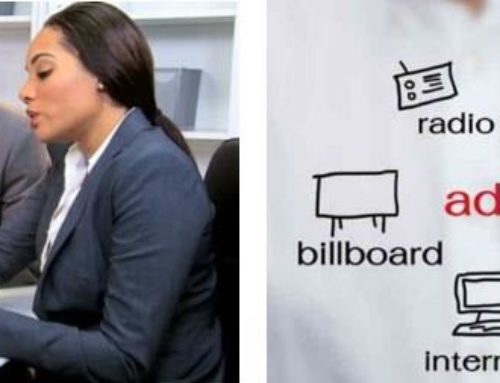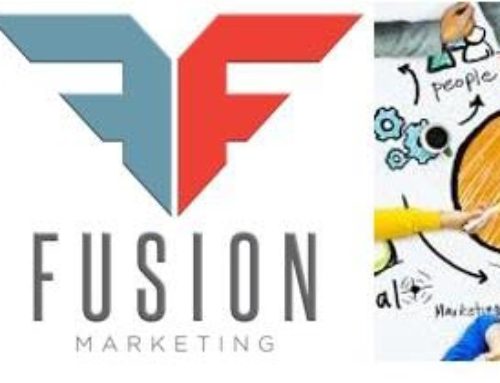Editorial note: Most non-profits have scarce financial resources for creating the kind of high-quality PSA campaigns that the media will be willing to use. Some advertising agencies, schools which offer TV production courses, or independent producers may help you create a pro-bono PSA campaign.
Before You Begin:
- Ask to see the portfolio of the creative group you will be working with.Look carefully for similar projects to the work you’re asking for. If you don’t like what you see, or sense these people work in a style that’s not appropriate for your organization, keep looking.
- Contact references of other non-profits your creative group has worked with.Find out whether your creative group has handled pro-bono projects before. If so, were they responsive to client input? Did they stay on top of deadlines and budgets? Were they concerned about the effectiveness of their work?
- Develop a creative brief that outlines your assignment.If your creative group doesn’t have a “start work” or creative input form, create one yourself. It should cover the following points, ideally in a single page:
- What precisely are you asking to have done
- Who the audience is for the project; include demographic and lifestyle information?
- What specific action are you asking of your audience (Buy a ticket? Change an opinion? Call for more information? Make a contribution?)
- What is the best strategy to get them to take that action? Focus on the one, primary reason why people should take action–don’t ask the creative to try to cover too much.
- What are the budget and timing issues?
- What are the mandatories (logos, credits, legalisms) that must be included?
- What should the tonality of the work be?
- After you’ve prepared your creative brief, have it signed off by every person in your organization that will later have an opportunity to accept or reject the creative work.
During the Creative Stage:
- Be prepared to give your creative group more time than you would allow if paying for their services.Obviously, pro-bono work gets less of an agency or design firm’s attention because paying the bills must necessarily come first. So, give ample lead time when assigning projects, and build in extra time for the inevitable delays.
- Line up as many of the pro-bono production services as you can yourself.Agencies and design firms are often glad to help you secure low-cost or no-cost production assistance from printers, film production companies, photographers and illustrators, but they often have a limited number of favors they can call in. If at all possible, use the resources of your organization to seek these in-kind donations.
- Be willing to sacrifice service for quality creativity.Since this is not the typical client/vendor relationship, you should consider taking some extra steps to minimize the time your creative group spends on non-creative activities. If possible, meetings should be held at the creatives’ place of business, take over the preparation and distribution meeting notes, and keep the number and length of
meetings to a minimum.
During the Approval Process:
- Have everyone who can say “no” present when the work is presented.It is more efficient, and certainly more courteous, to allow your creative contributors to present to everyone in your organization who can ultimately shoot down the proposed work. This way, the creative team can present and defend their work more passionately than you could.
- Be clear and specific if you have objections.If there are parts of the solution that aren’t on target, speak up. This is far preferable to letting the project progress and then raising your objection later after more effort has been invested. It’s also important to distinguish between your personal dislikes and those parts of the job that might make it less successful. Your creative contributors are (rightly) concerned with making the project work against the target audience–of which you may or may not be a member.
- If you have an unresolvable dispute over the creative proposal, bring in an arbitrator.One of the unwritten rules of pro bono work is that the client must be quite flexible when it comes to approving the creative work. Still, there will inevitably be times when you feel the work is not acceptable. If this is the case, and your creatives don’t agree, bring in a third party to help resolve the issue. Advertising and design educators, freelancers, or creative directors from other firms could be called in.
- If you ultimately do not accept the creative proposal, give your creatives the chance to start over.While your confidence in your creative contributors may not be at its highest after rejecting their first proposal, you owe them the chance to take another shot before turning to another creative resource.
After The Project is Completed:
- Be generous in giving credit and recognition to your creative contributorsAt the conclusion of a successful pro bono project, your organization may have received work worth thousands of dollars. It’s highly appropriate to acknowledge these contributions through personal thank you letters, mentions in organization newsletters, and even appropriately small gifts. This isn’t just a matter of courtesy, this display of gratitude will also make it easier for you to secure additional help when you need it in the future.
- Assist your creatives in using the work for their own self-promotion.If it’s appropriate, encourage them to put a credit line somewhere on printed projects. Make sure they have sufficient reprints for their promotional use. And be willing to assist them in public relations efforts by being accessible to the press for quotes and interviews.
Public service advertising and design should be a win-win experience. The non-profit client gets professional design and creative services for little to no cost. Meanwhile, the creators get an opportunity to build their portfolio or win industry awards by working in an environment free from many of the usual restrictions that come with “for pay” projects.
Regrettably, many well-intentioned projects have left bitter tastes in the mouths of creatives and clients alike. In the vast majority of these cases, the problems could have been prevented if only there had been a clear understanding up front of each party’s responsibilities and roles.
That, in short, is the purpose of these guidelines: spell out for all concerned how they should approach pro-bono work, to make the process a smooth one, and the results, a success.
These Guidelines and Web Site Provided as a Public Service By Wrap,







Leave A Comment